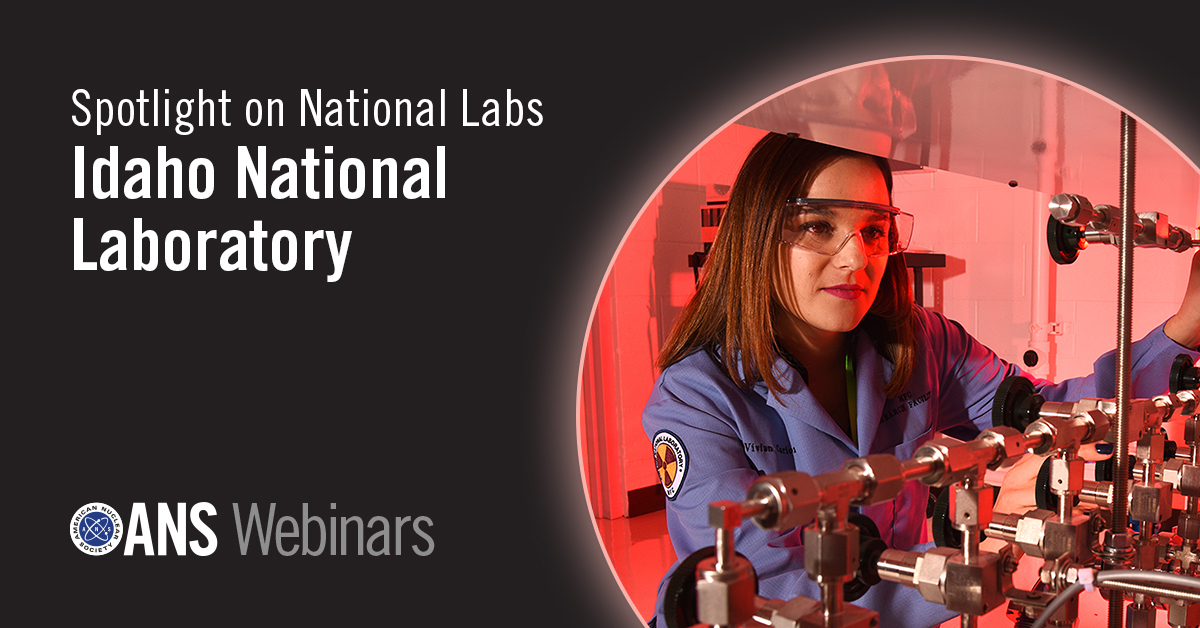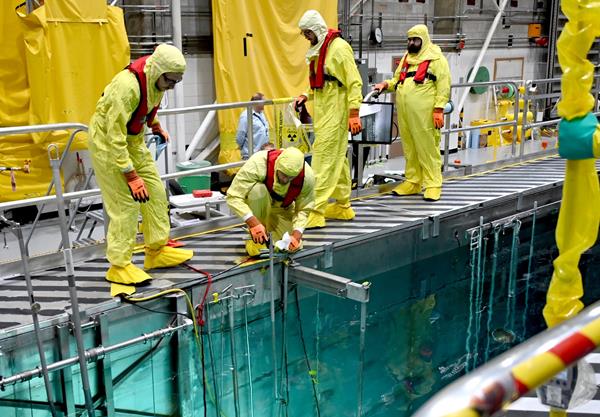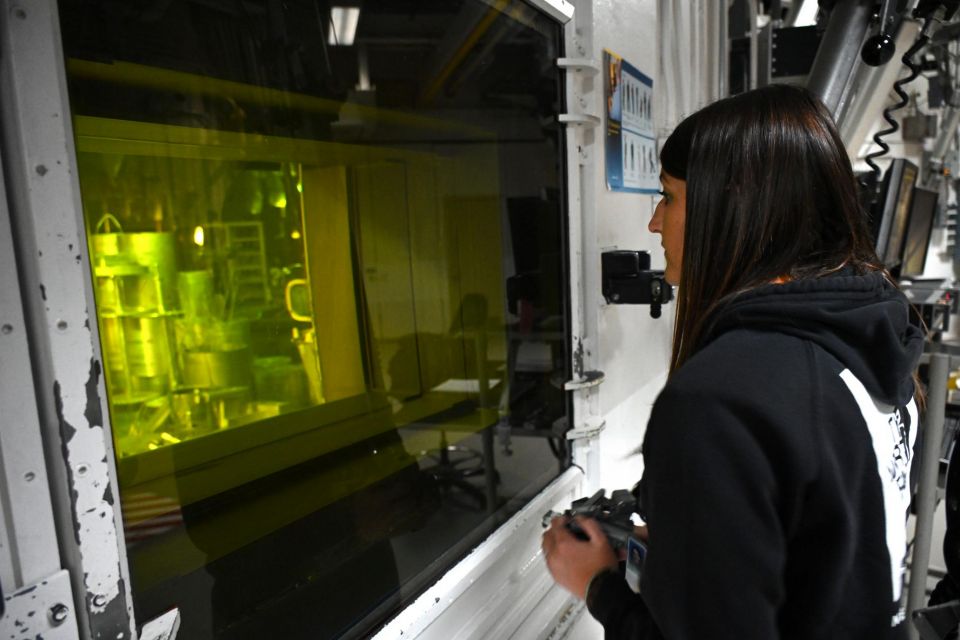ANS members sheltering in place during the COVID-19 pandemic can turn to ANS for a growing library of informative webinars, including the new Spotlight on National Labs series. “While we’re all dealing with this pandemic and many of us are at home, this is a good time to add value for our ANS members and especially recognize those who work at the labs,” Desai said. “They do a lot of exciting R&D and breakthrough science that will continue to help the nation move forward, especially as we look to a clean, carbon-free future.”

First up, INL: At Idaho National Laboratory, founded over 70 years ago as the National Reactor Testing Station, EBR-1 produced the first usable electricity from nuclear energy in 1951. The lab has played host to 52 unique or first-of-a-kind reactors so far. What has made this lab the ideal destination for reactor demonstrations past and future? Watch the debut of YMG’s Spotlight on National Labs series to find out.
ANS YMG Vice Chair Catherine Prat moderated a discussion with INL Lab Director Mark Peters and five panelists on April 15 as they explored what the lab considers to be its most important research and development initiatives—ranging from new demonstration reactors to integrated energy systems and space reactors.

ANS Young Members Group Vice Chair Catherine Prat
“It was appropriate that INL was the lab that kicked off the series, because it’s our leading lab for development and innovation in nuclear science and technology,” Prat said. She echoed a key message heard from webinar panelists: “With collaboration between the national labs, private industry, and utilities in the 1950s, our nation demonstrated new reactor technology in a few short years. We’re at a point now where that’s what needs to happen again. We need to show what technology can do to move the nuclear industry forward, and the work being done at INL is accomplishing that now.”
INL is helping the nuclear community answer a call to action, Prat said. “The driving force behind innovation is that everyone is interested in having carbon-free, clean energy moving forward. We can do it if we all work together. Now is the time, with national labs leading the charge,” she said.









